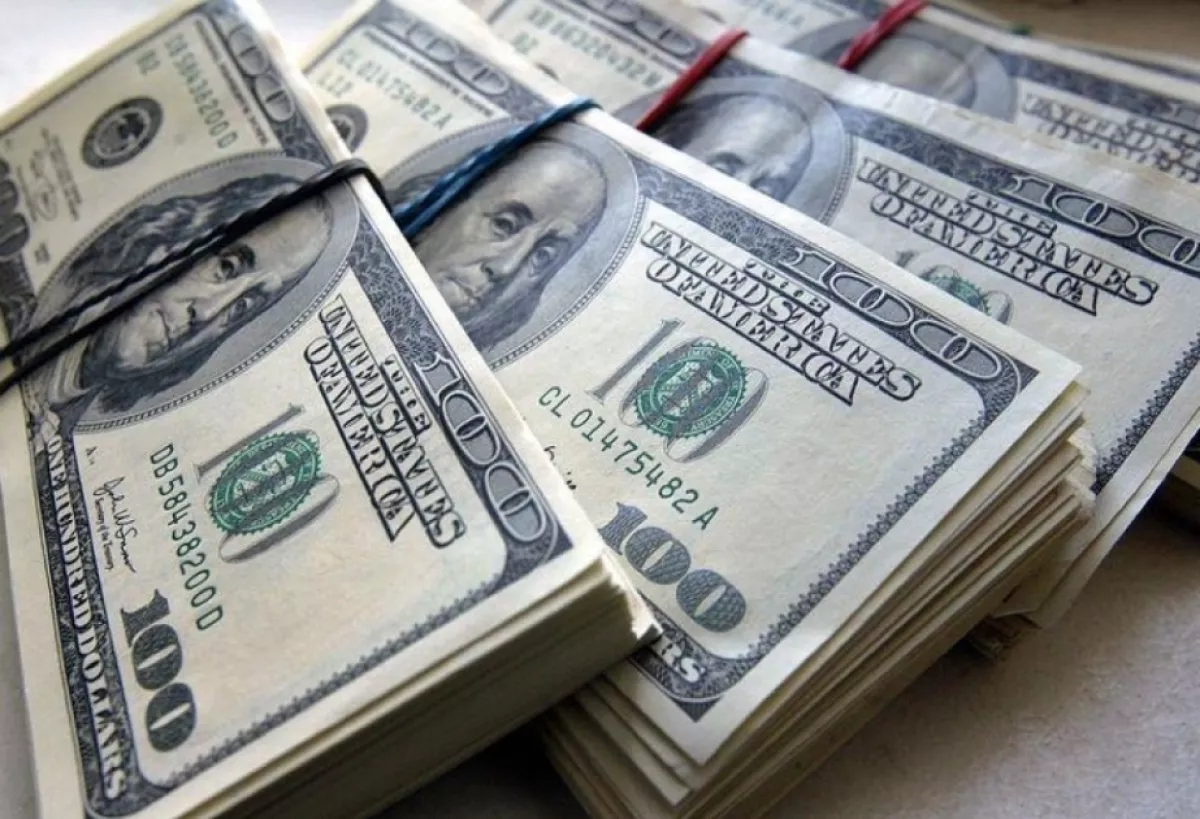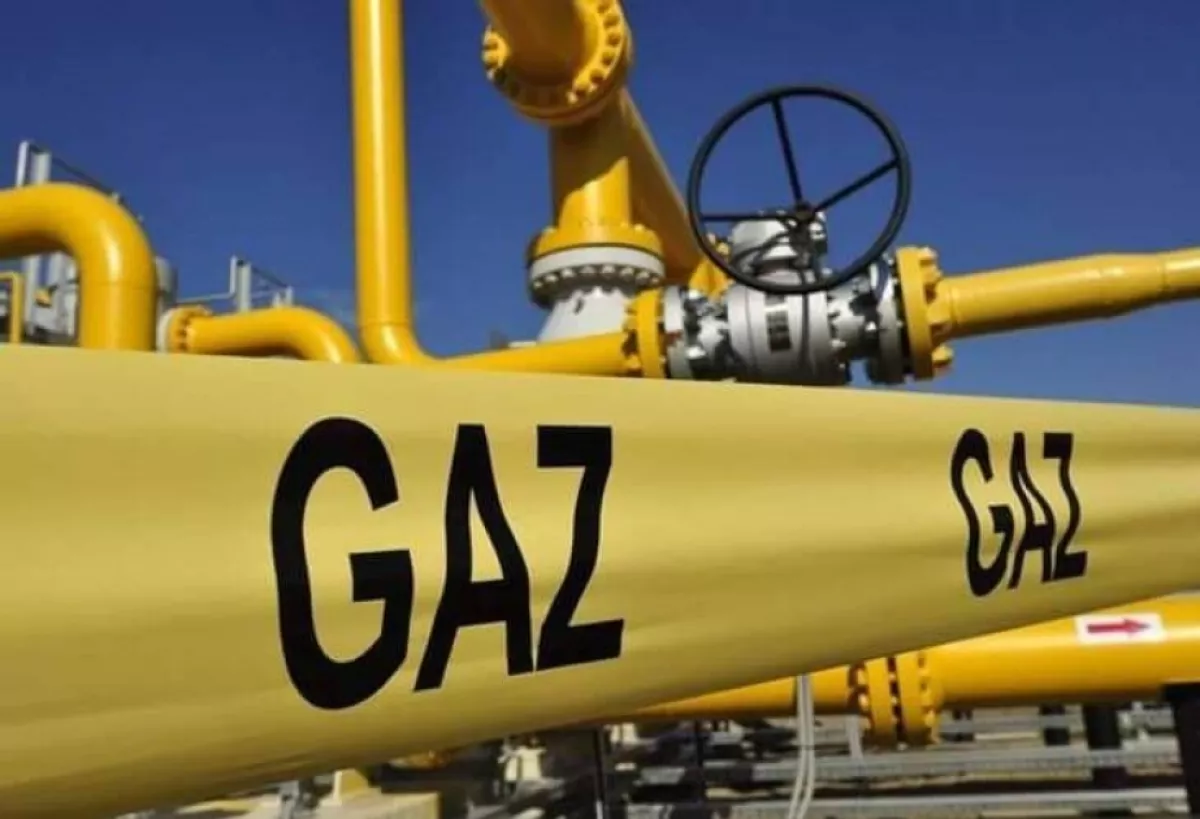How Azerbaijan is confronting economic uncertainty Echoes of resilience
The decline in the foreign trade surplus was one of the serious challenges for Azerbaijan’s economy in 2023 and the first half of 2024. Nevertheless, according to the UN data published the day before in the report on the world economy, by the end of 2024, the trade surplus balance indicators in Azerbaijan will stabilise. At the same time, despite the slowdown in foreign trade, basic economic indicators in the country show enviable dynamics. In particular, in January-July, GDP production increased by 4.5 per cent, positive dynamics in accumulation of gold and foreign exchange reserves is maintained, and current account surplus indicators are also stable.

Due to the high level of volatility of world prices for hydrocarbons, as well as the decline in oil production and, consequently, oil exports (only partially compensated by the growth of gas production and supplies), Azerbaijan faced a decline in its trade surplus last year. According to the State Customs Committee of Azerbaijan (SCC), Azerbaijan's foreign trade surplus in 2023 slightly exceeded $16.613 billion, which is 29.6% less than the previous year's figure. The latter is not surprising, as the past year, which was marked by global recession and imported inflation, was also marked by a slowdown in industrial dynamics around the world, and the resulting decline in demand and prices for raw materials affected not only the Azerbaijani oil sector, but also affected non-resource industries. All this affected the indicators of the final economic growth in the country: in 2023 it was 1.1 per cent, which is a multiple of the figures of the record year 2022, when the domestic GDP grew by 4.6 per cent.
It is appropriate to recall here that the high dynamics of our country's foreign trade turnover in 2022 is largely explained by the energy crisis in Europe, which multiplied the prices for oil, gas, fuel and many other types of energy and mineral raw materials. However, last year the geography of hydrocarbon raw materials supplies was gradually diversified in the recession-hit European market (Azerbaijan's base market), which led to a multiple reduction in the quotations for raw materials, including “blue” fuel, that were overvalued during the crisis.
The trends observed last year have, by and large, continued this year. Thus, as of 27 August this year, the volume of gas reserves in European underground storage facilities (UGS) exceeded 91.5%, and today it is trading at around $430 per 1,000 cubic metres. Oil prices remain highly volatile, with Brent trading within $79 per barrel for the reporting period. In general, the current demand for hydrocarbons is quite comfortable for Azerbaijan's export operations, but current prices are not comparable to the indicators of two years ago, respectively, the dynamics of exports is not so impressive.
According to recently published data of the State Customs Committee, in January-July 2024, Azerbaijan's foreign trade turnover decreased by 11.3% compared to the same period last year, slightly exceeding $26.892 billion, against the backdrop of falling exports and rising import prices.

Due to the complexity of the global geopolitical and economic situation, it is difficult to judge today what the commodity prices will be at the end of the year and how it will affect the export performance of our country. However, according to foreign experts' estimates, the average annual prices for Brent oil will not be lower than $80-85 per barrel. At the same time, in the first half of 2024 Azerbaijan increased exports of natural gas to Europe by 12%, sending 6.4 billion cubic metres of gas to European consumers: thus, the decline in global prices for “blue” fuel is compensated to some extent by increasing the volume of its supplies. All of the above is not insignificant for Azerbaijan, as the oil and gas sector still plays a huge role in the development of the national economy, especially given the volume of export revenues.
One way or another, but according to the excerpts from the UN report on the world economy quoted by APA agency the previous day, by the end of 2024, Azerbaijan's foreign trade surplus will exceed $16 billion. Such forecasts are given by analysts of the UN Department of Economic and Social Affairs, and according to their research, Azerbaijan's total exports (including non-oil sector) in the current year will amount to $33.899 billion, and imports - $17.278 billion, thus a surplus of $16.620 billion will be formed in the foreign trade balance. This figure is approximately comparable to the surplus of foreign trade turnover in the past year, which in the current difficult circumstances indicates the preservation of a certain balance in foreign trade. Of course, such conclusions are appropriate provided that the current prices for energy raw materials are maintained, which, according to a number of leading analysts, is very likely in the current year.
It is also worth noting that the factors contributing to the slowdown in Azerbaijan's foreign trade operations do not yet pose significant risks to the overall development trends of the national economy. In particular, unlike the negative impact of last year's global recession on Azerbaijan's economy, we are currently witnessing relatively higher growth rates in the Gross Domestic Product (GDP). According to the latest data from the State Statistics Committee of Azerbaijan, in January-July 2024, Azerbaijan's GDP reached 70.544 billion manats ($41.5 billion), which is 4.5% higher than the corresponding figures from the previous year.
Notably, the non-oil sector saw an increase in value-added by 6.7%, with industry being the key driver of GDP production, accounting for 38.4%. Due to global factors, the contribution of the oil sector to GDP growth is significantly lower, with a 1.2% increase recorded in this period. Overall, the significance of the non-energy sector has been growing year by year, which is a very positive factor for the country's economy. In the first half of 2023, the share of the non-oil sector in the GDP structure was 60%, but in the first half of this year, it increased to 65.18%.

In general, 2024 promises good prospects for the development of the domestic economy, and the level of global risks, including imported inflation, is incomparably lower than it was in the past two years. According to the calculations of the Central Bank of Azerbaijan (CBA), this year and next year annual inflation in the country will be within the target: annual inflation in 2024 is expected to be 3.5%, and in 2025 - 4.2%. And these estimates of the regulator, in general, coincide with the forecasts of the World Bank (WB), according to which annual inflation in Azerbaijan in 2024 will be 3%, and in 2025 - 3.5%.
According to the CBA, Azerbaijan's strategic gold and foreign exchange reserves, having increased by $1.3 billion with a growth of 1.8%, reached almost $70 billion, and this financial buffer plays a huge role in ensuring the country's macroeconomic stability. In particular, impressive foreign exchange reserves are a key element of protection of the monetary and monetary markets in case of any external negative or force majeure circumstances inside the country. At the same time, the current account surplus plays a crucial role in maintaining balance in the country's financial market: according to the CBA baseline scenario (confirmed in late July), the current account surplus in 2024 is estimated at $7 billion.
It is noteworthy that together with the regulator, experts of the international rating agency Fitch express similar confidence: the agency believes that despite the decline in global oil prices (affecting export performance), the ratio of the current account surplus to Azerbaijan's GDP will be the highest in the world.








